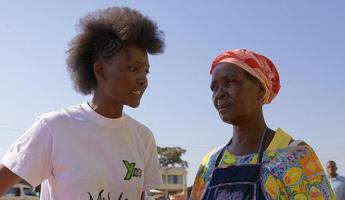
Integrating Gender-Sensitive Indicators in Early Warning Systems
IFES recommends a five-step process to facilitate the integration of gender-sensitive indicators in existing early warning systems and responses. This process includes: 1) conducting a gender analysis to understand local norms and dynamics, and how these relate to potential outbreaks or escalations of violence and conflict; 2) identifying applicable gender-sensitive indicators from the global framework and adapting them to local contexts; 3) developing safe and gender-sensitive data collection strategies based on the methods available; 4) analyzing the data in a gender-sensitive way; and 5) ensuring gender-sensitive policy responses.
Step 1: Conducting a Gender Analysis
Undertaking a gender analysis prior to selecting gender-sensitive indicators will enable early warning analysts to understand existing gender norms and roles; identify the differentiated experiences of women, men, girls, and boys (across political, economic, workplace, justice, educational, land, and health factors); and identify gender and community dynamics. It is important to apply an intersectional lens to this analysis to avoid seeing all women and girls as a homogenous group and to ensure that intersectionality issues are considered, including, but not limited to: persons with disabilities; LGBTQI populations; rural-residing; girls; ethnic and/or religious minorities; Indigenous populations; internally displaced persons or refugees; female-headed households; and/or others as applicable. If sufficient time and resources are available, the methodology for the gender analysis should consist of both a desk review of available information and data relating to that particular context, as well as key informant interviews with local women and civil society groups working on peacebuilding, deradicalization, or gender equality efforts.
TBD - IFES to add the rest of this chapter's content.




